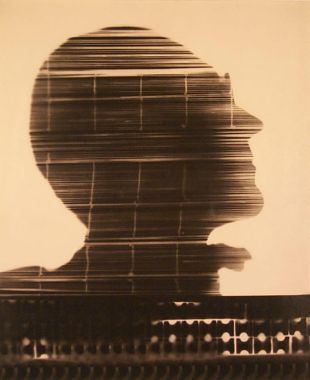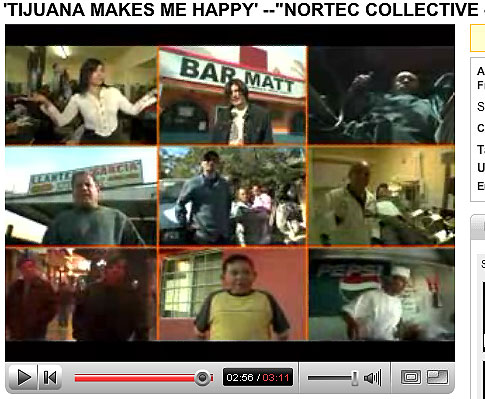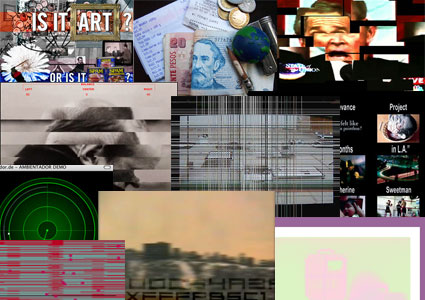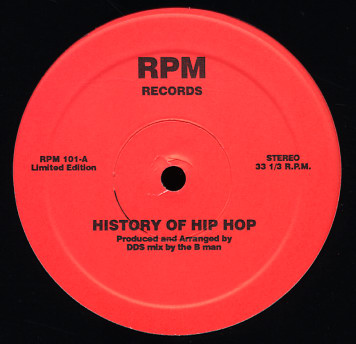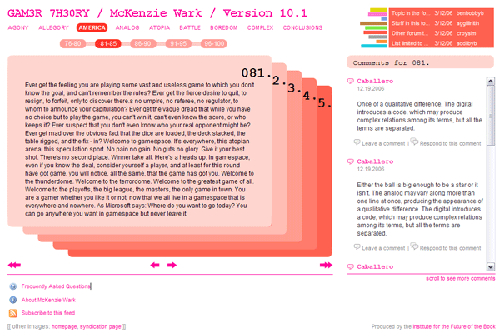Entrevista a Eduardo Navas // artista, historiador y crÃtico especializado en nuevos medios, por: yto.cl
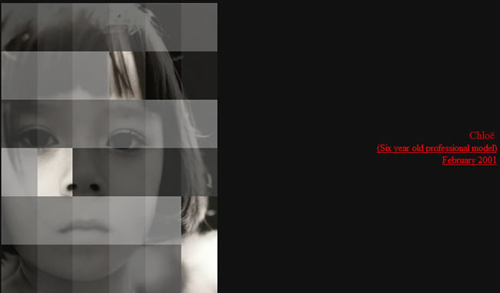
Online Project:
Chloë
(Six year old professional model)
February 2001
Note: This interview was originally published by Yto (Isabel Aranda) in the Magazine Escaner Cultural, August 2007, based in Santiago de Chile. It is currently only available in Spanish.
Image source: navasse.net/cloeyStart/
Text source: revista.escaner.cl/node/279
Eduardo Navas es artista, historiador y crÃtico especializado en nuevos medios; su obra y teorÃas han sido presentadas en varios lugares en Estados Unidos, Latino América y Europa. Ha sido jurado para ” Turbulence.org” en 2004, también fue jurado para las comisiones de “Rhizome.org” de 2006-07, en Nueva York.
Navas es fundador y editor contribuyente de “Net Art Review” (2003-2005), y co-fundador de “newmediaFIX” (desde 2005). Actualmente, Navas es docente de práctica de multimedia en la Universidad del Estado en San Diego (SDSU), y es candidato al doctorado en letras en el Departamento de Historia de Arte y Medios de Comunicación, TeorÃa y CrÃtica, en el programa de Bellas Artes en la Universidad de San Diego California (UCSD).
Cuéntame un poco sobre tu infancia, por favor…
Nacà en 1969 en El Salvador, Centro América, y emigré a Los Estados Unidos en 1980, en donde he crecido como ciudadano naturalizado.
¿Cuándo descubriste que tu camino era el arte?
Siempre lo supe. Mis modelos fueron mis hermanos Max y Ricardo, quienes dibujaban mucho. Ellos coleccionaban paquines (historietas cómicas en forma de revista). Maximiliano, mi hermano mayor, habÃa tenido un curso por correo para aprender a dibujar caricaturas. El nunca lo terminó, pero guardó todas las lecciones, las cuales yo terminé usando. Yo practicaba a dibujar los ejemplos en cada lección y después con los años comencé a copiar dibujos cómicos, más que todos de paquines de súper héroes. Mis favoritos eran del Hombre Araña, y los Cuatro Fantásticos. Pero en El Salvador más que todo se encontraban paquines de Superman y otros personajes de la compañÃa DC Comics. Asà que cuando encontraba un paquin del Hombre Araña, publicado por Marvel, era prácticamente de oro para mÃ. Al llegar a los Estado Unidos me volvà loco comprando paquines del Hombre Araña, Los Cuatro Fantásticos, entre otros. Era como un sueño poder ir a una tienda especializada de paquines y ver tantos de ellos ahÃ. Pero llegó un momento en el cual pude dibujar con facilidad y me pregunté que más se podrÃa hacer con el arte, una vez que uno llega a dibujar más o menos bien. Creo que fue ahà donde mi interés en la práctica crÃtica comenzó.

